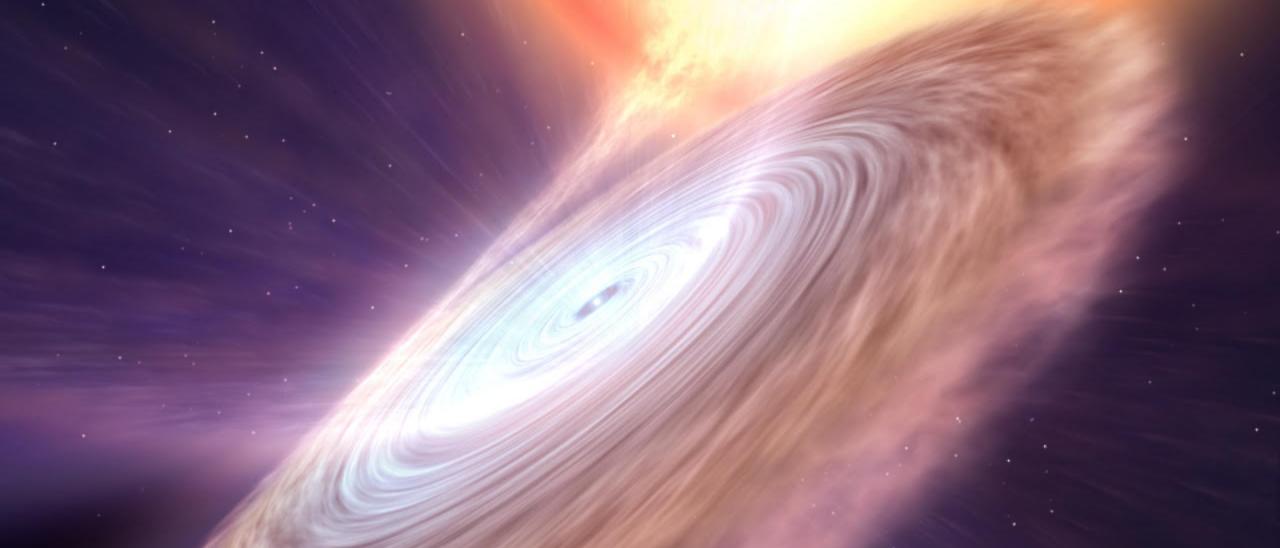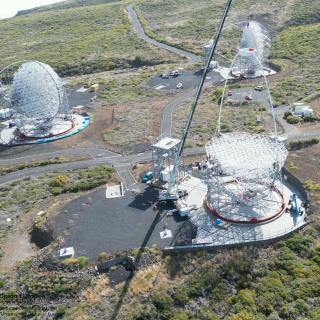All disc-accreting astrophysical objects produce powerful disc winds. In compact binaries containing neutron stars or black holes, accretion often takes place during violent outbursts. The main disc wind signatures during these eruptions are blue-shifted X-ray absorption lines, which are preferentially seen in disc-dominated ‘soft states’. By contrast, optical wind-formed lines have recently been detected in ‘hard states’, when a hot corona dominates the luminosity. The relationship between these signatures is unknown, and no erupting system has as yet revealed wind-formed lines between the X-ray and optical bands, despite the many strong resonance transitions in this ultraviolet region. In this work we report that the transient neutron star binary Swift J1858.6-0814 showed persistent signatures of a warm wind at ultraviolet wavelengths occurring at the same time as signatures of a cold wind at optical wavelengths during hard state. Also was found that the warm wind was not affected by the strong variations in the brightness of the system. The joint presence of ultraviolet and optical wind features reveals a multi-phase and/or spatially stratified evaporative outflow from the outer disc. This type of persistent mass loss across all accretion states has been predicted by radiation–hydrodynamic simulations and helps to explain the shorter-than-expected duration of outbursts.
Artist's impression of a X-ray binary. We can see how the neutron star accretes material, via an accretion disk, from the companion star, and how some of that material is ejected in the form of a warm wind. Credits: Gabriel Pérez Díaz, SMM (IAC).
Advertised on
Authors
N. Castro Segura
C. Knigge
K. S. Long
D. Altamirano
Montserrat
Armas Padilla
C. Bailyn et al.
References



